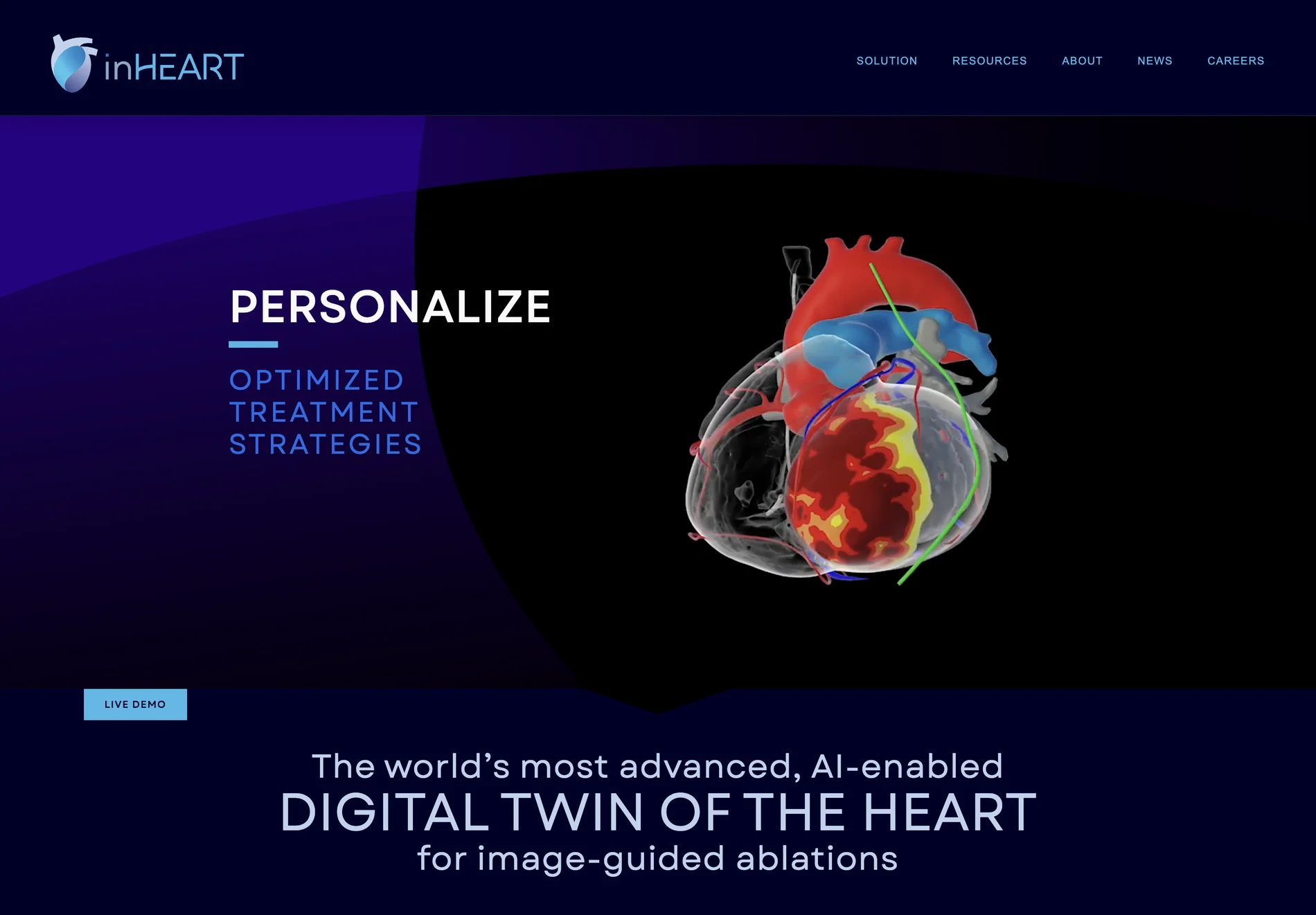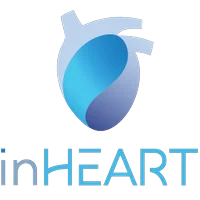inHEART: Revolutionizing Cardiac Care with AI-Enabled Digital Twins
Introduction
inHEART is at the forefront of medical innovation, leveraging artificial intelligence to create the world’s most advanced digital twin of the heart. This technology is designed to provide unparalleled anatomical insights, personalized treatment strategies, and advanced clinical outcomes, particularly in the field of image-guided ablations.
Key Features
- Unparalleled Anatomical Insights: inHEART’s proprietary segmentation algorithm analyzes CT and MR images to render detailed 3D cardiac models, offering unprecedented anatomical details of tissue and structural characteristics.
- Personalized Treatment Strategies: By understanding each patient’s unique anatomy before the procedure, physicians can focus on procedural therapy rather than planning, enhancing the efficiency and effectiveness of treatments.
- Seamless Integration: inHEART solutions integrate seamlessly into electroanatomic mapping systems (EAM), compatible with all major EAM systems, ensuring ease of use during procedures.
Use Cases
- Reduced Procedure Time: Clinical studies have shown that inHEART can reduce procedure time by up to 20%, enhancing workflow efficiency.
- Improved Success Rates: Image-guided VT ablations using inHEART experience a 38% reduction in recurrence rates, leading to greater overall success.
Testimonials
- Prof. Thomas Deneke: "The additional information provided by the inHEART solution has been instrumental in determining treatment strategies for some of our most challenging VT cases."
- Jeffrey Winterfield, MD: "The detailed substrate information in the 3D models allows us to pinpoint with accuracy and precision the arrhythmogenic areas in the scar tissue."
Recent News
- October 28, 2024: inHEART closes 750k€ funding with SWEN Capital Partners, aiming to accelerate the development of its 3D imaging platform.
- May 16, 2024: Partnership with Circle Cardiovascular Imaging to distribute AI-driven digital twin of the heart for advanced cardiac procedural planning.
Conclusion
inHEART is not just a technological advancement; it’s a paradigm shift in cardiac care. By providing detailed, patient-specific insights, it empowers physicians to deliver more effective, personalized treatments, ultimately improving patient outcomes and revolutionizing the field of electrophysiology.

